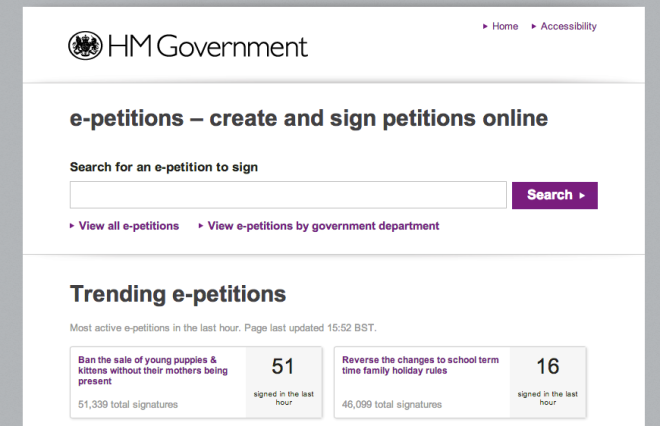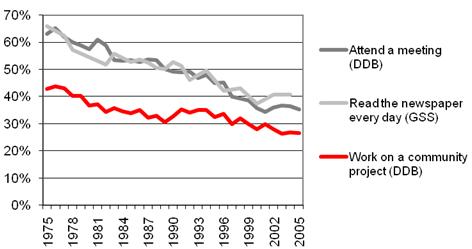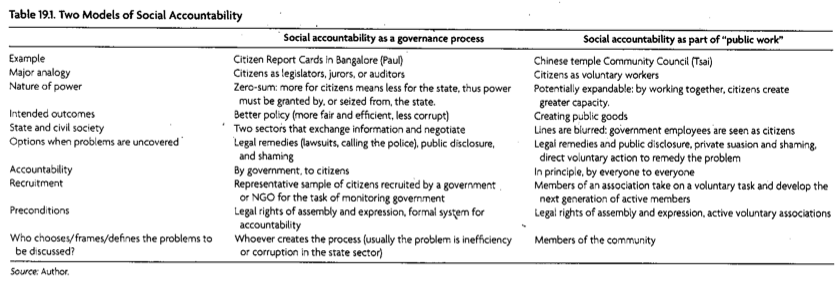To subscribe to these updates via email, please write boyte001@umn.edu.
Higher Education Engagement News is a periodic newsletter that responds to the request from many people for continuing updates and information about initiatives and groups associated with the American Commonwealth Partnership in 2012. It is edited by Harry C. Boyte. This issue features a shortened version of the address that Adam Weinberg, incoming president of Denison University, just gave to Ohio Campus Compact. Weinberg is former president of World Learning, and served on the National Council of ACP. Here, he articulates themes animating the American Commonwealth Partnership.
A note on a new book by Thomas Ehrlich and Ernestine Fu on the related theme of “civic work” is at the end.
Preparing a Generation to do Public Work
Address to Ohio Campus Compact August 7, 2013
Adam Weinberg, President, Denison University
Over the last twenty years, I have been an active participant in Campus Compact in New York and Vermont. I am excited to join the Ohio Campus Compact community. Like many academics of my generation, I owe part of my career to Campus Compact. When I arrived at Colgate University in the early 1990s, it was difficult to get a service learning class approved by the faculty. It was the leadership of Campus Compact that paved the way.
As I scan the higher education landscape, I feel heartened by the civic education efforts that are underway. In many respects, higher education has re-found its civic roots. Still, I worry that our impact is not what it needs to be, that John Saltmarsh was right when he wrote, “While the movement [to date] has created some change, it has also plateaued.”
What do we need to do? For the last eight years, I have had a great adventure in civic education with World Learning, one of the largest global civic education and engagement organizations with about 10,000 people participating in its programs each year. Doing this work, I became struck by a tension between the possible and the likely. The possible is huge. We have the knowledge, methods, processes and physical tools, and the locally rooted assets to address climate change, human rights abuses, water shortages, lack of jobs, conflict and other critical global issues. What we lack is the capacity to come together as human beings and organize ourselves to use our social technology and assets to address the problems.
This is the central challenge of preparing a new generation to see civic opportunity and to engage in public work. Public work is the ability to move beyond seeing civic opportunity to actually working with others to create things of lasting social value, the essence of a free and democratic society. I would argue that public work is the defining outcome we are aiming for when we talk about civic education and community-engagement efforts.
Our students have the desire and ambitions, but lack the capacity to do public work. It is a creative generation that has great ideas for making change happen. It is a generation filled with citizens, social innovators and community activists. But too many aspiring young people lack the skills and habits to act on these passions. For example: to be an effective citizen, one needs to be able to effectively work with people you don’t like. Modern institutions prepare our students to do the opposite. We use technology to interact with those who already agree with us. Our daily lives are shaped by social institutions that demonize those who hold different views. Higher education is going to have to fill that void.


 Use the links below to listen to the audio recording of the call and check out other call-related material.
Use the links below to listen to the audio recording of the call and check out other call-related material.


